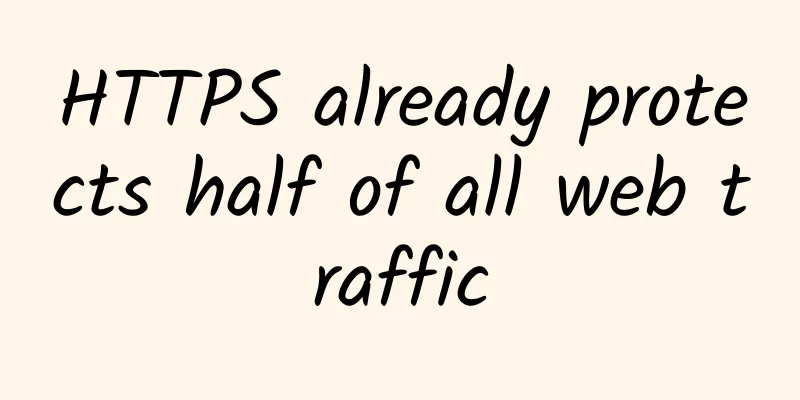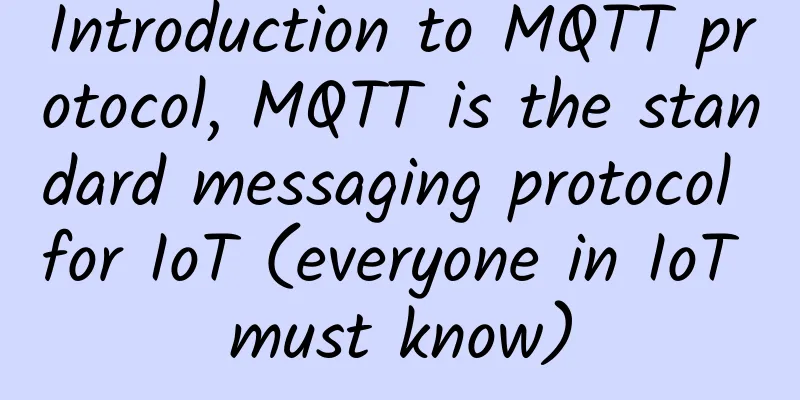HTTPS already protects half of all web traffic

|
Implementing HTTPS transmission has many benefits for websites, not only protecting their users by preventing third parties from snooping on network traffic, and preventing content hijacking and cookie stealing, but also getting better rankings in Google, as the search giant uses HTTPS as a signal in its search algorithm. On websites that do not provide HTTPS protection, privacy-conscious users will not register or enter their credit card information. It's taken a long time for most sites on the internet to make the switch from HTTP to HTTPS, but as of earlier this month, the move to encrypt the web reached a major milestone, with half of all web traffic now protected by HTTPS, according to a report from the Electronic Frontier Foundation (EFF). As you can see in the chart below, Firefox has seen a steady increase in HTTPS traffic over the past two years, from 37.81% in October 2015 to 52.93% in February 2017. Chrome has also seen a similar increase. According to Google’s own numbers, 55% of sites visited by Windows users in Chrome this month were loaded over HTTPS. While this is great news, it still means that half of all web traffic on the Internet is not protected by the HTTPS protocol, so there is still a lot of work to be done. |
>>: Is there still room for wireless mesh networking in the enterprise?
Recommend
A brief discussion on processes, threads, and the choice between multithreading and multiprocessing
My understanding is that a process refers to an a...
On "GPL is a trap for software developers"
[[381740]] This article is reprinted from the WeC...
5G Era: Say Goodbye to TCP/IP
I just don't love you anymore, a song that ca...
Tell us about your understanding of the "three-way handshake" and "four-way wave"
Reference answer: We all know that TCP is connect...
edgeNAT Hong Kong VPS host simple test
We have shared edgeNAT several times in the tribe...
"Perceived and controllable applications that change on demand" F5 multi-cloud application service innovation online conference transcript
At 10:00 am on December 16, F5, the world's l...
Quickly solve enterprise globalization network challenges and accelerate and protect enterprise cloud applications
[51CTO.com original article] On the afternoon of ...
BandwagonHost has launched a new SoftBank line in Osaka, Japan, with an annual fee starting from US$65
bandwagonhost is a subsidiary of the old IT7 comp...
Comprehensive analysis of SEO optimization: From HTML tags to Sitemap.xml, the techniques you must know
In the digital age, acquiring website traffic dep...
What are PHP streams? Let's talk about the streams you have been using but have ignored
definition The purpose of streams is to use a uni...
Using Jenkins to create continuous integration for microservice applications
Experience Overview This scenario guides you to d...
Network-oriented, NPMD achieves 80% of functions with 20% of investment
An organization once worked with MIT to interview...
Anti-unified prescriptions ensure the security of prescription data and promote the healthy development of the medical industry
Hospitals can be said to be places closely relate...
4G packages can also connect to 5G networks: but the speed is only slightly faster
5G has been popular in China for some time. The f...









